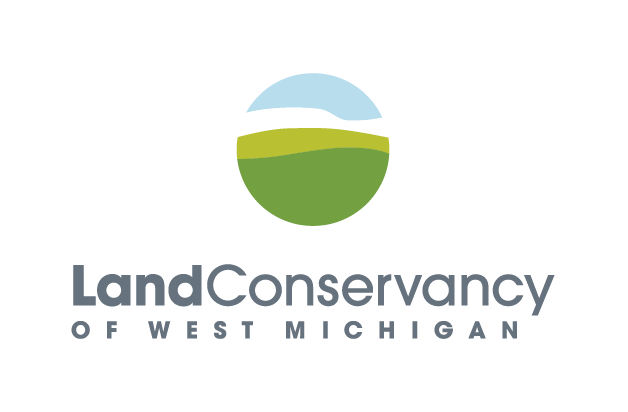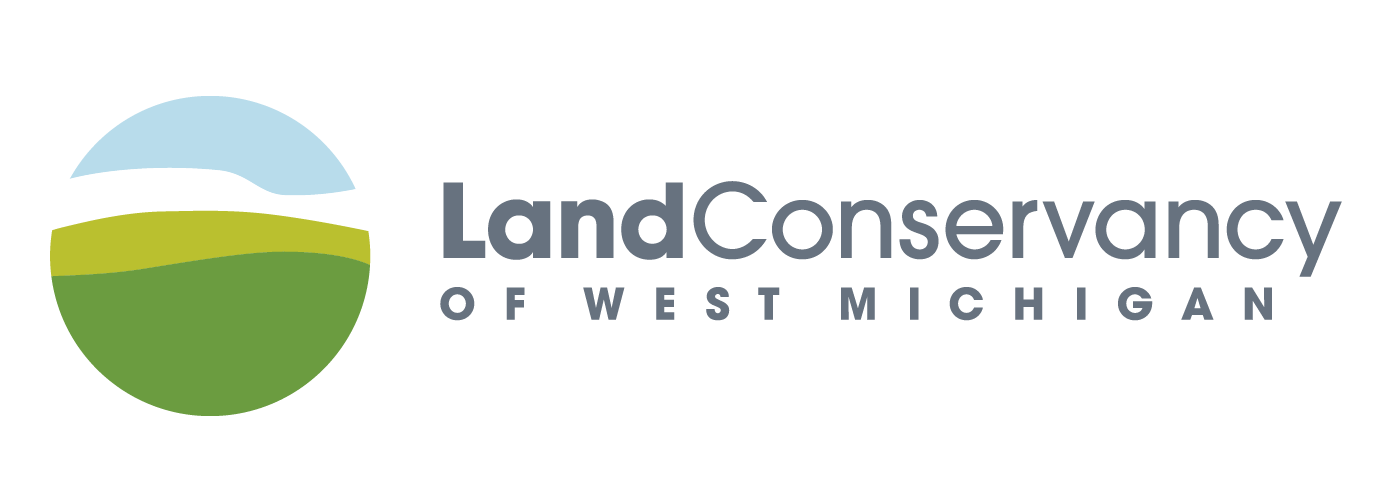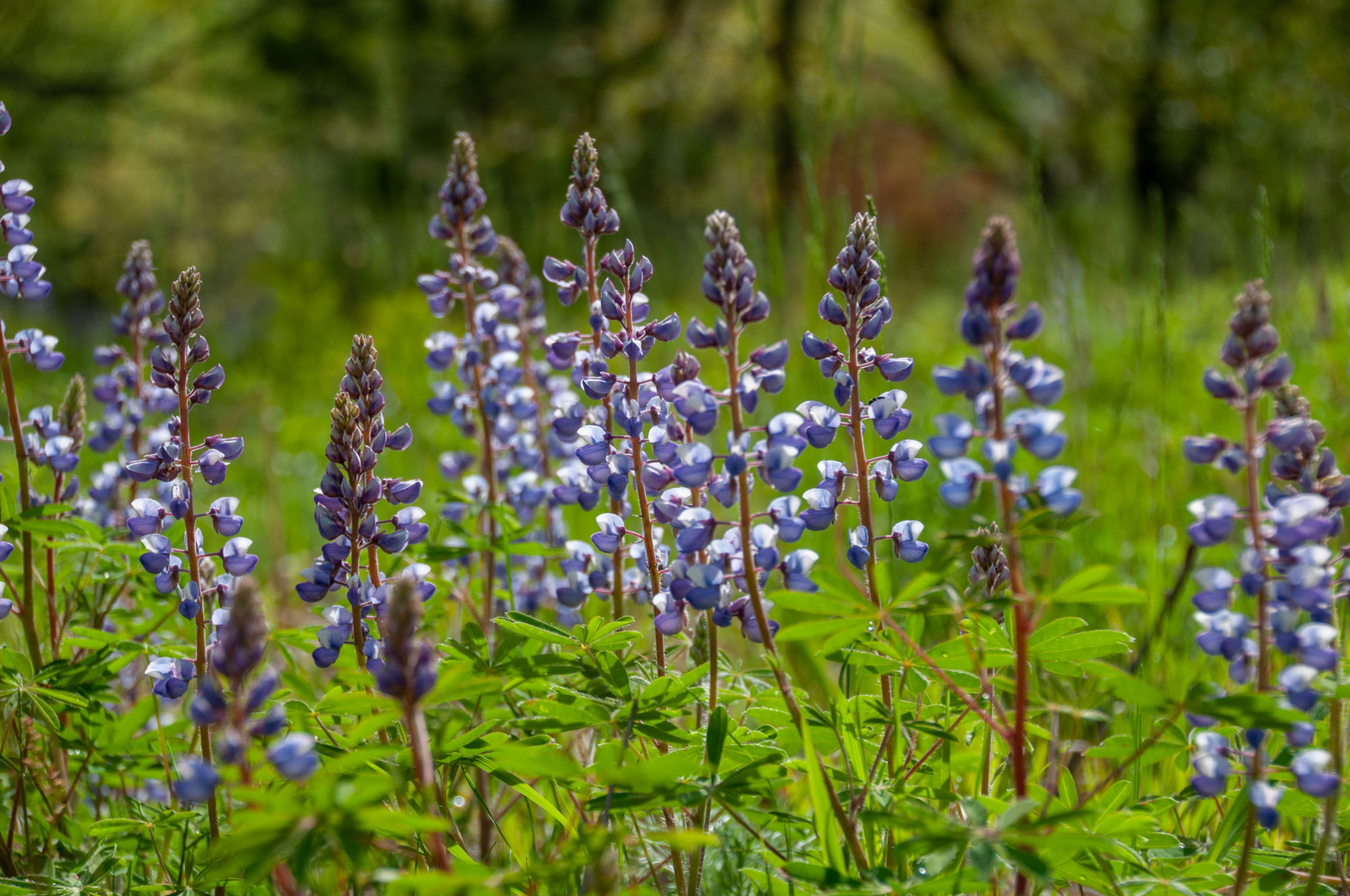
From turf grass to tallgrass
If you’ve taken a walk at The Highlands recently, you’ve probably noticed that a big chunk of it is looking a little brown. While the view is somewhat bleak, the future of that 25-acre parcel is bright: it’s being prepared to be planted with a variety of beautiful prairie wildflowers and grasses.
We started removing the turf grass in mid-May. It’s an ongoing process taking place throughout the summer, during which this parcel will unfortunately continue to look pretty ugly. But in restoration, ugliness is often the first sign of progress.
In the fall, we will seed the site with a mix of native plant seeds. The seed mix will include native tallgrass prairie grasses and wildflowers—such as big bluestem, indian grass, yellow coneflower, black-eyed susan and more.
Unlike the turf grass that originally occupied the site, the native plants will develop deep roots. This process takes time. The plants will spend their first two years in the earth sending their energy downward to establish their root systems. In the third year after planting, the native plants will emerge and decorate The Highlands in their characteristic colors and textures. They’ll become a source of food and habitat for a variety of native birds, insects and wildlife.

In a couple of years, plants like these will take the place of nonnative turf grass at The Highlands.
These new plants will not only look beautiful and attract diverse wildlife—they’ll also improve our city’s air and water quality. Their deeper roots will be much better at holding the soil in place, preventing erosion and runoff pollution in our waterways. They will also be better at storing carbon.
The transformation of The Highlands from golf course to abundant natural area is only just beginning. Watch it unfold as you explore the property and enjoy the benefits of this nearby natural space.







Susan
What a great opportunity for Blandford Nature Center’s visitors and program participants!